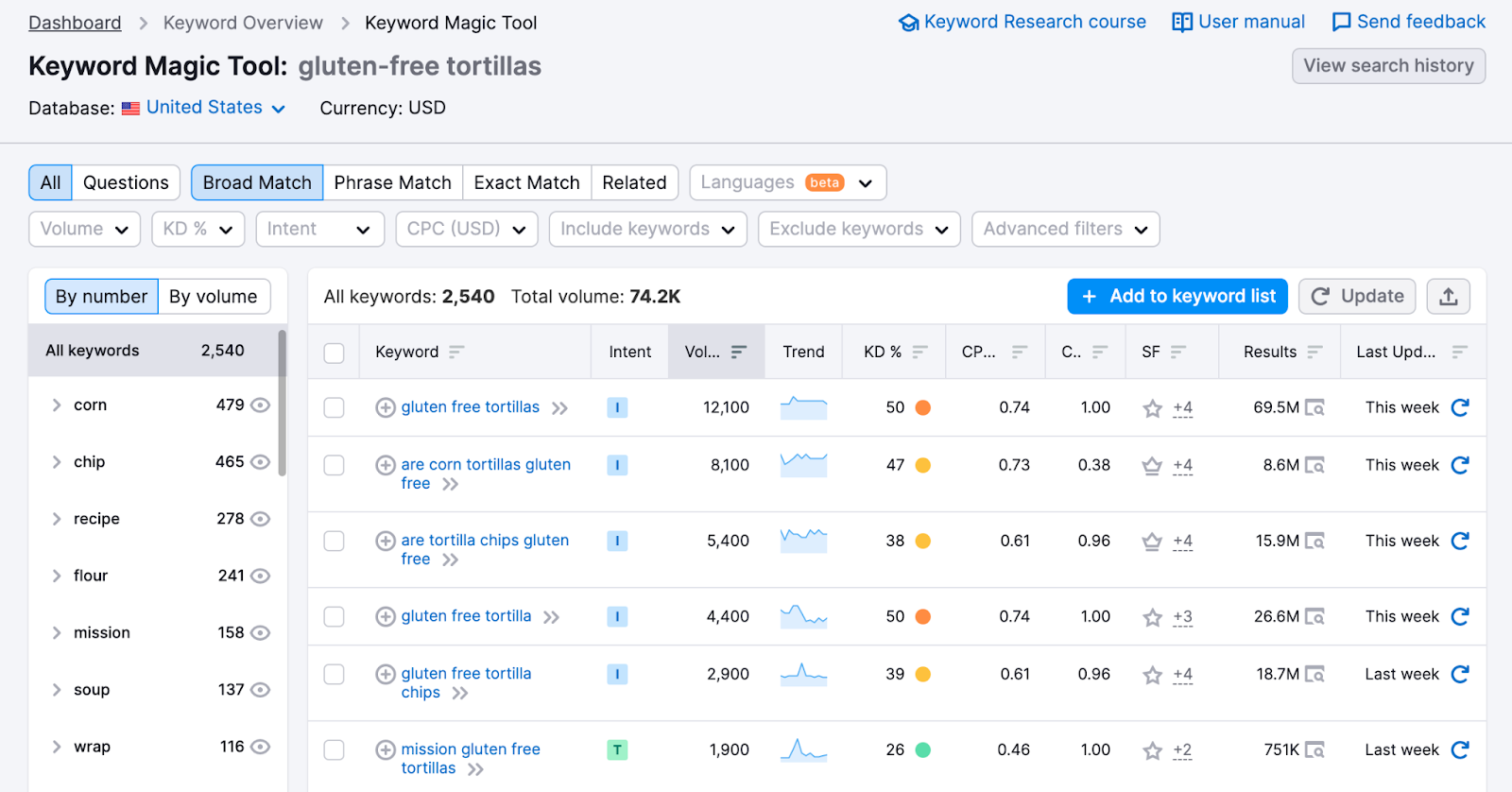

Data accuracy and integrity is key for any business.
DA Check is a powerful tool that allows businesses to verify accuracy and ensure integrity of their data.
This article will discuss the benefits of DA Check, setting up DA Check, implementing DA Check, and optimizing DA Check to unleash its full potential and maximize data accuracy and integrity.
It is essential to understand the fundamentals of DA Check in order to fully leverage its capabilities and maximize data accuracy and integrity. DA Check is a data-driven approach to detecting and correcting errors in data sets, such as typos, duplicates, missing values, and incorrect formats.
It uses powerful algorithms to analyse data and identify discrepancies, providing data managers with the ability to quickly detect and rectify errors. DA Check can be used to maintain high levels of data accuracy and integrity for any data set, regardless of size and complexity.
In addition, it also helps to reduce the time and effort required to auditing data. With DA Check, data managers can ensure the accuracy and integrity of their data sets and ensure they are ready for reliable analysis.
The benefits of using DA Check are numerous, including the assurance of high levels of data accuracy and integrity. By employing DA Check, organizations can ensure that their data is correct and reliable, enabling them to make informed decisions with confidence.
With DA Check, data errors can be quickly identified and corrected, reducing the risk of costly mistakes. Additionally, DA Check can help to protect against malicious attempts to manipulate data, reducing the chances of data breaches.
Moreover, DA Check can help to simplify data processing, streamlining the flow of information and saving valuable time and resources. In short, DA Check is an invaluable tool for maximizing data accuracy and integrity.

With proper setup, DA Check can be effectively utilized to maximize data accuracy and integrity. The first step is to identify the data sources and decide which ones should be subject to DA Check. Once the sources have been determined, the data should be checked for inconsistencies or errors.
Each data field should be checked to ensure that it is accurate and up-to-date. Additionally, the accuracy of the data should be monitored regularly to ensure that it is still valid. Finally, it is important to establish a process for resolving any discrepancies that are detected.
This can be done by using data validation and verification techniques. With this setup in place, DA Check can be used to increase the accuracy of the data and ensure its integrity.
Once all the necessary setup is complete, the next step in taking advantage of DA Check is to implement it. This involves incorporating the system into everyday processes, alongside any other data integrity measures already in place. This ensures data accuracy and integrity is maintained while performing operations like data entry, data transfers, and data audits.
It is important to remember that DA Check requires regular maintenance and updates to ensure it is working properly and to avoid any potential issues. Additionally, all personnel should be trained on how to use the system properly, as incorrect usage can lead to data integrity problems.
Finally, it is recommended to have a backup system or alternative in case of system failure. By following these steps, organizations can be sure to maximize the potential of DA Check to ensure data accuracy and integrity.

Building on the implementation of DA Check, further optimization of the system can help to further maximize data accuracy and integrity. Regular reviews of the system can be used to identify any potential issues that may arise, and adjustments can be made to ensure accuracy and reliability of the data.
By ensuring that the system is up to date, data integrity can be maintained. Further, by making use of automated tools, data accuracy can be improved by eliminating manual errors and inaccuracies.
Additionally, training can be provided to those who use the system to ensure that they are utilizing the system correctly and consistently. Overall, these measures can help to ensure that DA Check is optimized, and data accuracy and integrity are maintained.
Yes, DA Check is compatible with other software platforms. It is designed to integrate seamlessly into existing systems and can be used to support a variety of technologies, including cloud-based architectures, web-based applications, and enterprise systems. DA Check's intuitive user interface and easy-to-follow setup process make it simple to integrate into existing infrastructure and maximize efficiency. Additionally, DA Check can be deployed across multiple platforms, making it a great choice for businesses looking for a comprehensive data confidence solution.
Yes, there is a free trial for DA Check. The trial period allows you to explore the features of the software and find out if it is a good fit for your data management needs. You can use the trial period to get a better understanding of the software and how it functions. The trial period is a great way to see if DA Check is the right solution for you. You can also take advantage of the free online tutorials and resources to learn more about DA Check and how to use it.
To ensure my process is streamlined and efficient, I should identify and analyze the steps in the process, identify areas that need improvement, and prioritize tasks. I should also track progress to ensure that the process is running smoothly. Additionally, I should use automation wherever possible and consider ways to outsource or delegate tasks that can be done more quickly and with greater accuracy. Finally, I should be open to feedback and adjust the process as needed.